Think pasta is unhealthy? Think again! Check out our 4 simple ways of how to make pasta a healthy pantry staple for you and the family!
PAIR YOUR PASTA WITH HEALTHY ADD ONS
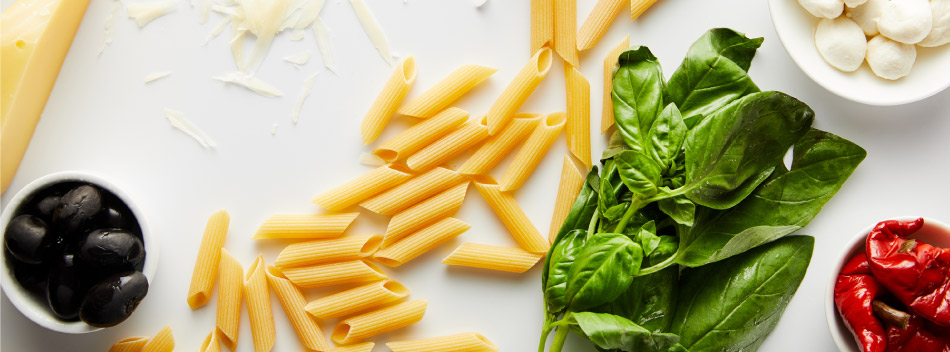
Pasta is too often assumed as an "unhealthy" comfort meal, however it should be known that this idea is mostly linked to the addition of unhealthy pasta sauces or extra ingredients.
For healthy, wholesome sauce options: go for an organic tomato-based sauce or a light drizzle of organic extra virgin olive oil with a range of herbs and/or spices. Then toss in some delicious vegetables – either roasted, steamed or fresh, as well as an optional extra source of protein!
Need some flavour inspiration? Try these scrumptious pasta recipes:
Creamy Vegan Alfredo Pasta
Lentil Bolognese
Vegan Cashew Pesto Pasta
Penne Salad with Roasted Sweet Potato & Caramelised Onion
NUTRITIONAL BENEFITS
Good quality pasta acts as a source of slow release complex carbohydrates (with a GI of around 36-42), allowing you to feel fuller for longer. Our certified Organic Pastas are made from ‘Sentatore Capelli’, a traditional Italian wheat variety used for artisan pastas which has never been genetically modified and is always grown organically. It’s naturally high in protein, has an array of beneficial minerals and good quality dietary fibre, with a very similar nutritional profile to quinoa!
Try out our tri-colour Organic Fusilli and Organic Zoo Pasta, which has a little dehydrated organic tomato and spinach to add some great colour to your dish! Or try our Organic Penne Pasta which is made for the ancient grain senatore Cappelli.
MODERATE YOUR PASTA SERVING

Enjoying healthy, organic pasta shouldn’t be any different to enjoying a serving of organic quinoa. Pasta is after all made from grain, making it energy-dense, and like all foods moderation is key to getting the most out of what you eat.
Try to aim for approximately one cup of cooked pasta (1/2 cup uncooked) per single serve, remember pasta is only meant to make up a small part of your dish. Anything else you add to the plate should be what completes the meal.
GO TRADITIONAL
Traditional methods of making pastas in Italy include slow drying at low temperatures (often dried for 30+ hours). This produces a fresher and much healthier pasta that retains the nutty flavour, aroma, as well as nutrients of the durum wheat. Many commercial pastas are quick-dried at a higher temperature (essentially baked), which change these properties significantly, therefore reducing the quality.
Our pasta is bronze extruded, a process that produces a rough and textured pasta surface, allowing it to hold pasta sauce much better. Commercial pasta makers tend to use less expensive Teflon dies which produce a slick surface causing the sauce to run off.
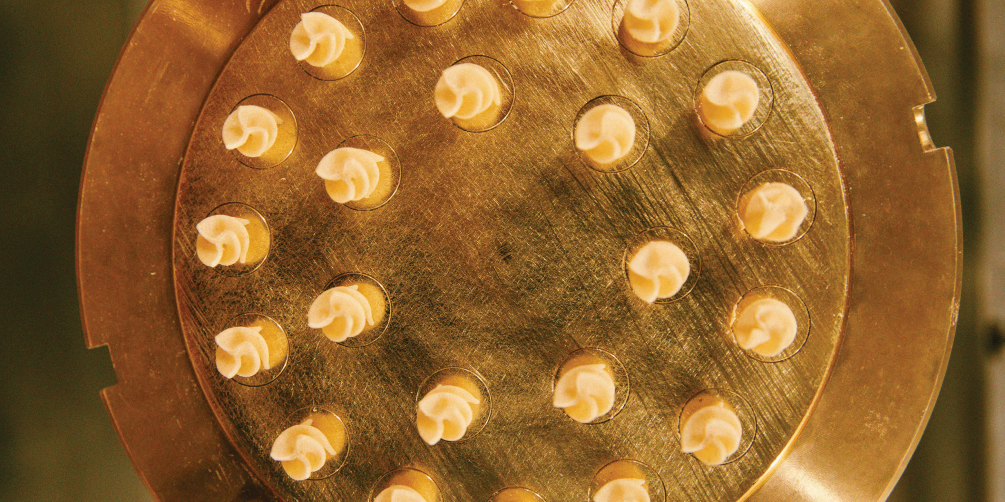
HELPFUL PASTA COOKING TIPS!
Cooking pasta is an art in itself and the team here at Honest to Goodness like it cooked ‘al dente’ (meaning to be firm “to the tooth”). This obviously leaves a slightly chewy texture in the pasta, which is a good thing because the chewing process aids digestion and helps the breaking down of starches.
Not only does the al dente method also help keep in all the goodness of the organic pasta, but it allows you to still taste the whole flavours of the durum wheat.
- Bring a pot of water (with pinch of salt) to boil on the stove.
- Cook pasta in the pot for 8-10 and test.
- Drain out the water once the pasta is cooked 'al dente'.
- Do not rinse unless using the pasta for a cold salad. Optional: Reserve a little bit of the water for sauces.

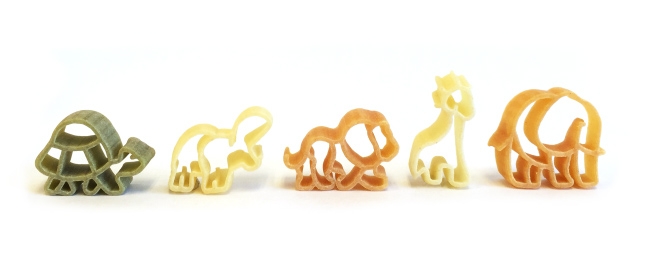

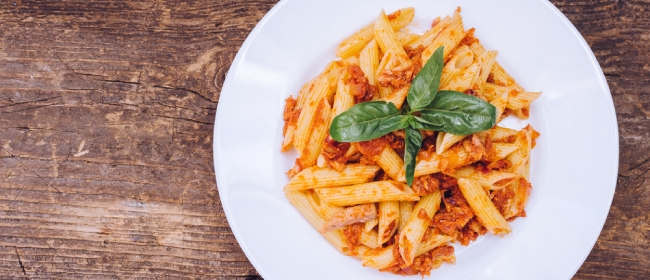
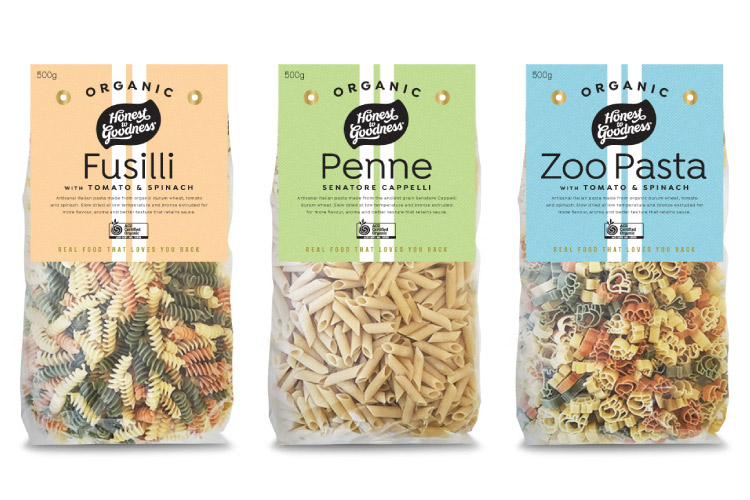

![Introducing Little Harvesters [Supplier Spotlight] Introducing Little Harvesters [Supplier Spotlight]](https://cdn11.bigcommerce.com/s-dis4vxtxtc/images/stencil/160w/uploaded_images/lh-blog-thumbnail.jpg)
![Introducing The LittleOak [Supplier Spotlight] Introducing The LittleOak [Supplier Spotlight]](https://cdn11.bigcommerce.com/s-dis4vxtxtc/images/stencil/160w/uploaded_images/little-oak-blog-thumbnail.jpg)
![Introducing Chief [Supplier Spotlight] Introducing Chief [Supplier Spotlight]](https://cdn11.bigcommerce.com/s-dis4vxtxtc/images/stencil/160w/uploaded_images/chief-thumb.jpg)
![Introducing SunButter [Supplier Spotlight] Introducing SunButter [Supplier Spotlight]](https://cdn11.bigcommerce.com/s-dis4vxtxtc/images/stencil/160w/uploaded_images/sunbutter-blog-thumbnail.jpg)
![Introducing Thanks Darl [Supplier Spotlight] Introducing Thanks Darl [Supplier Spotlight]](https://cdn11.bigcommerce.com/s-dis4vxtxtc/images/stencil/160w/uploaded_images/thanksdarl-thumb.jpg)